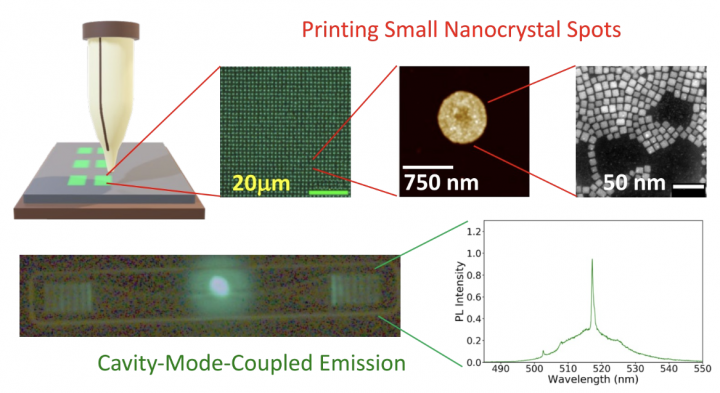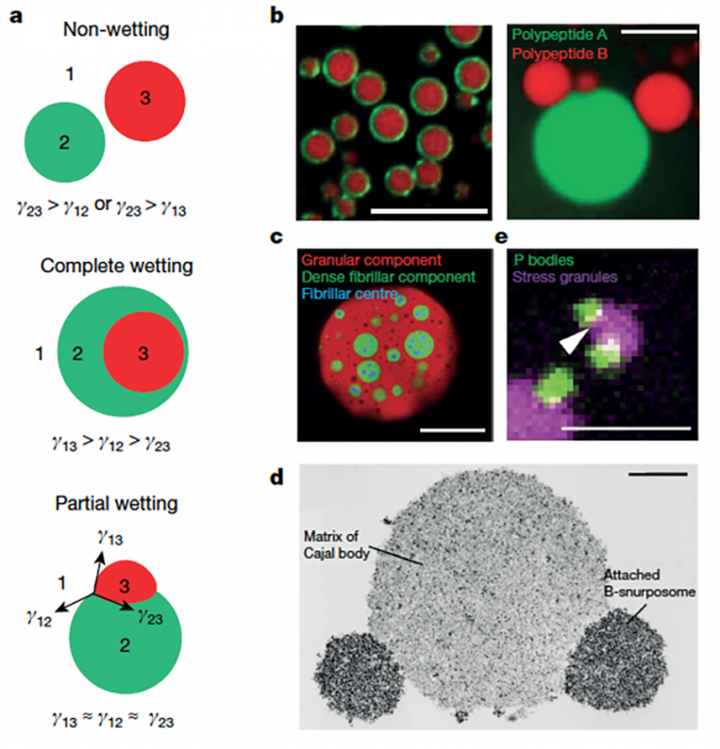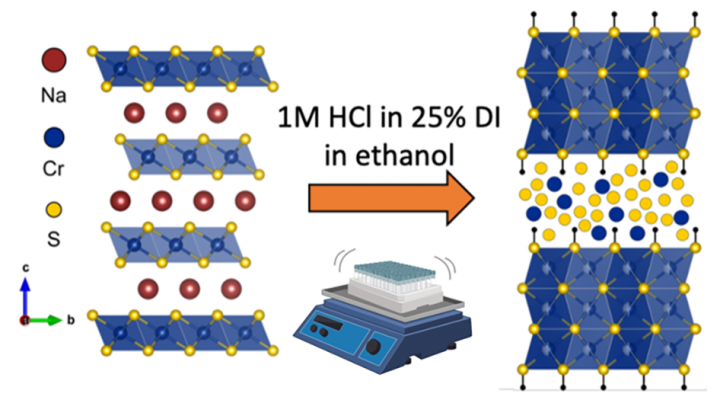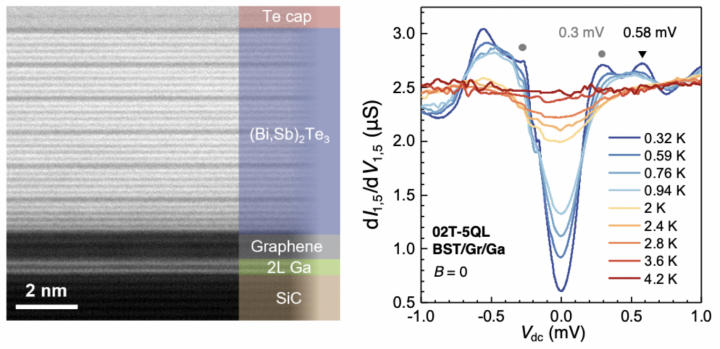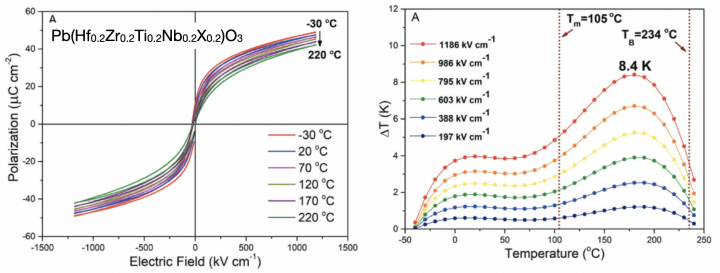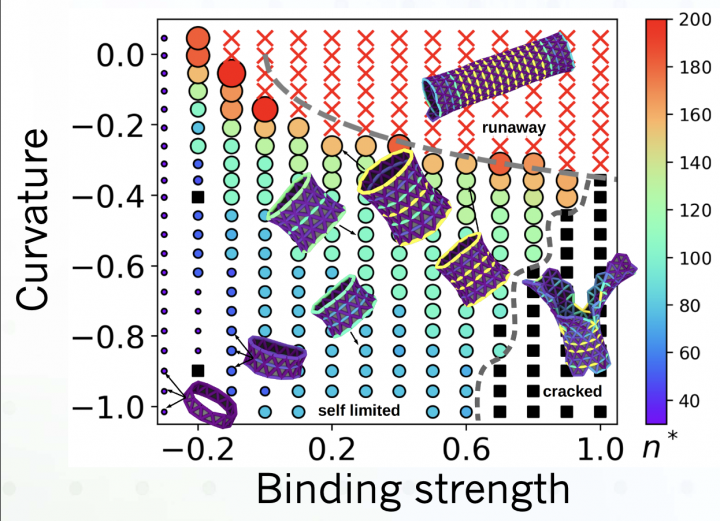Granular hydrogels are jammed assemblies of hydrogel microparticles (i.e., “microgels”) widely explored in biomedical applications due to promising features such as shear-thinning to permit injectability and inherent porosity for cellular interactions. One area where this is particularly promising is in 3D printing.





